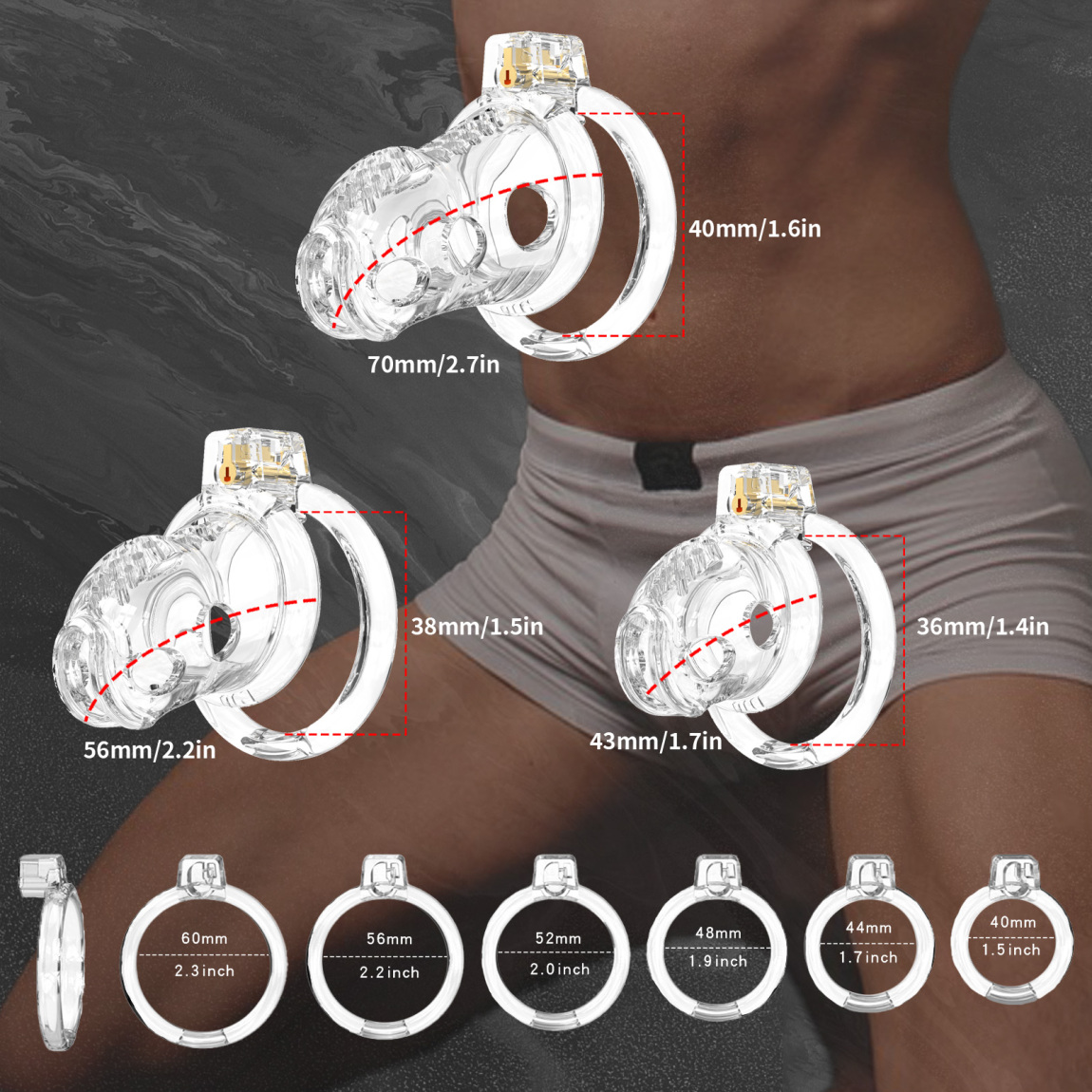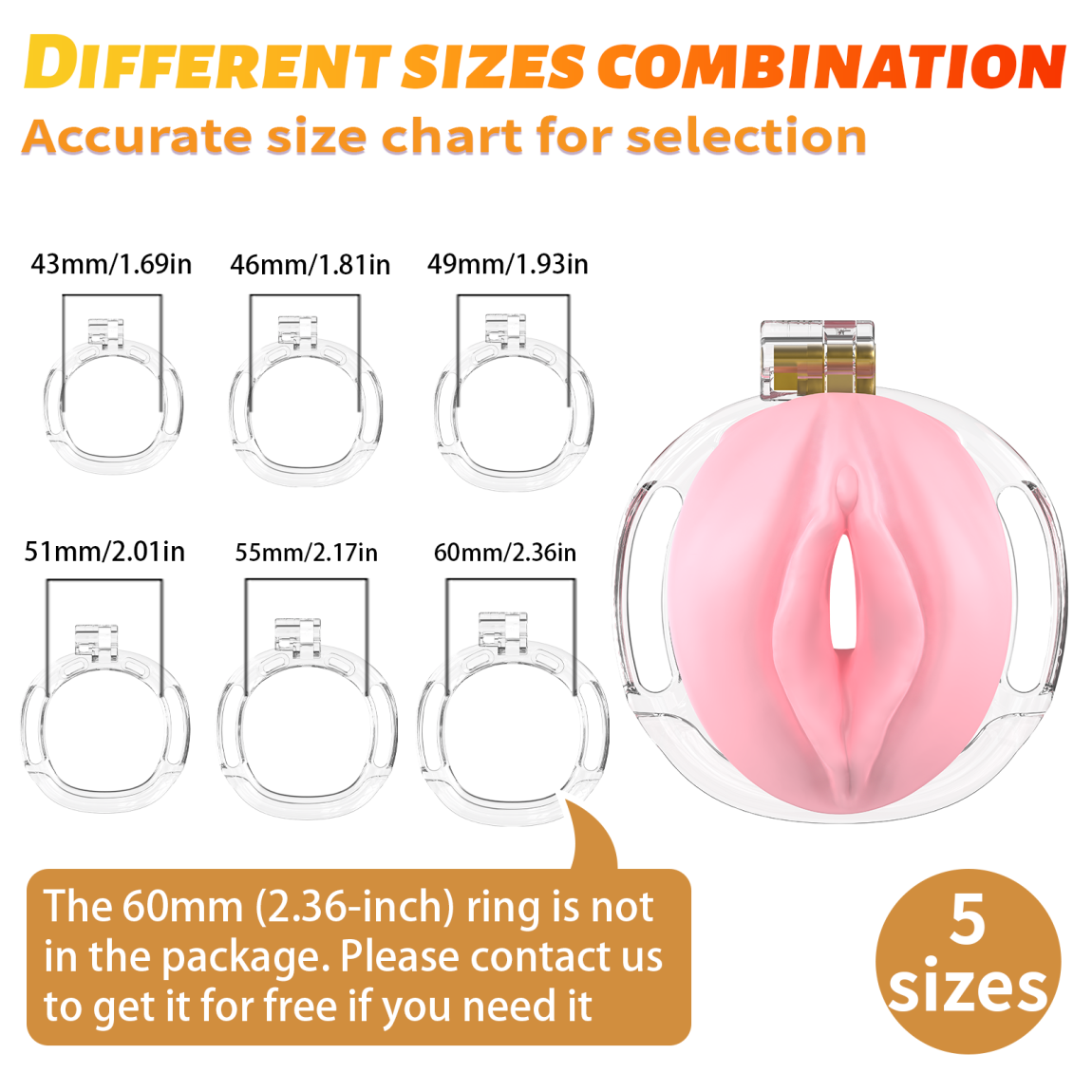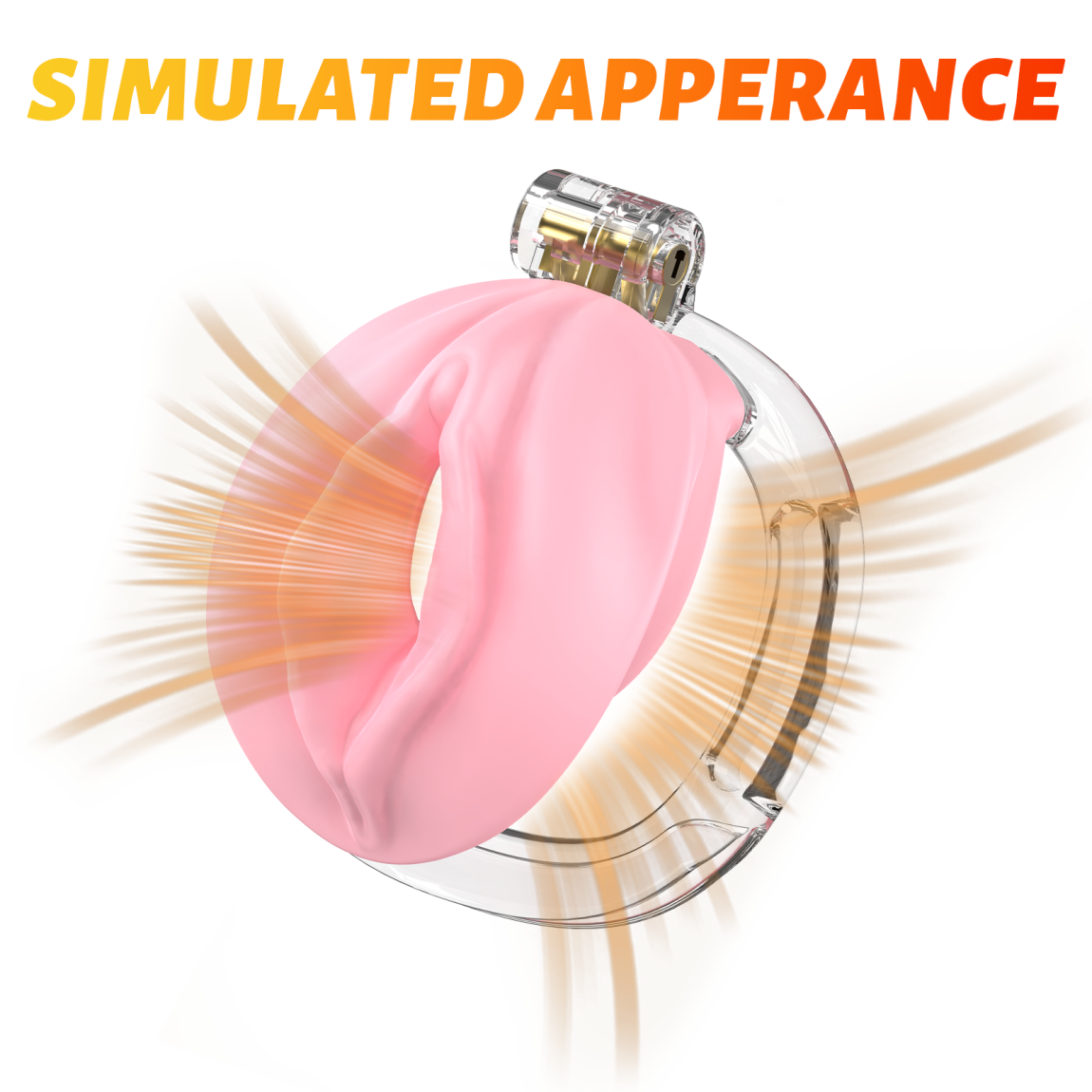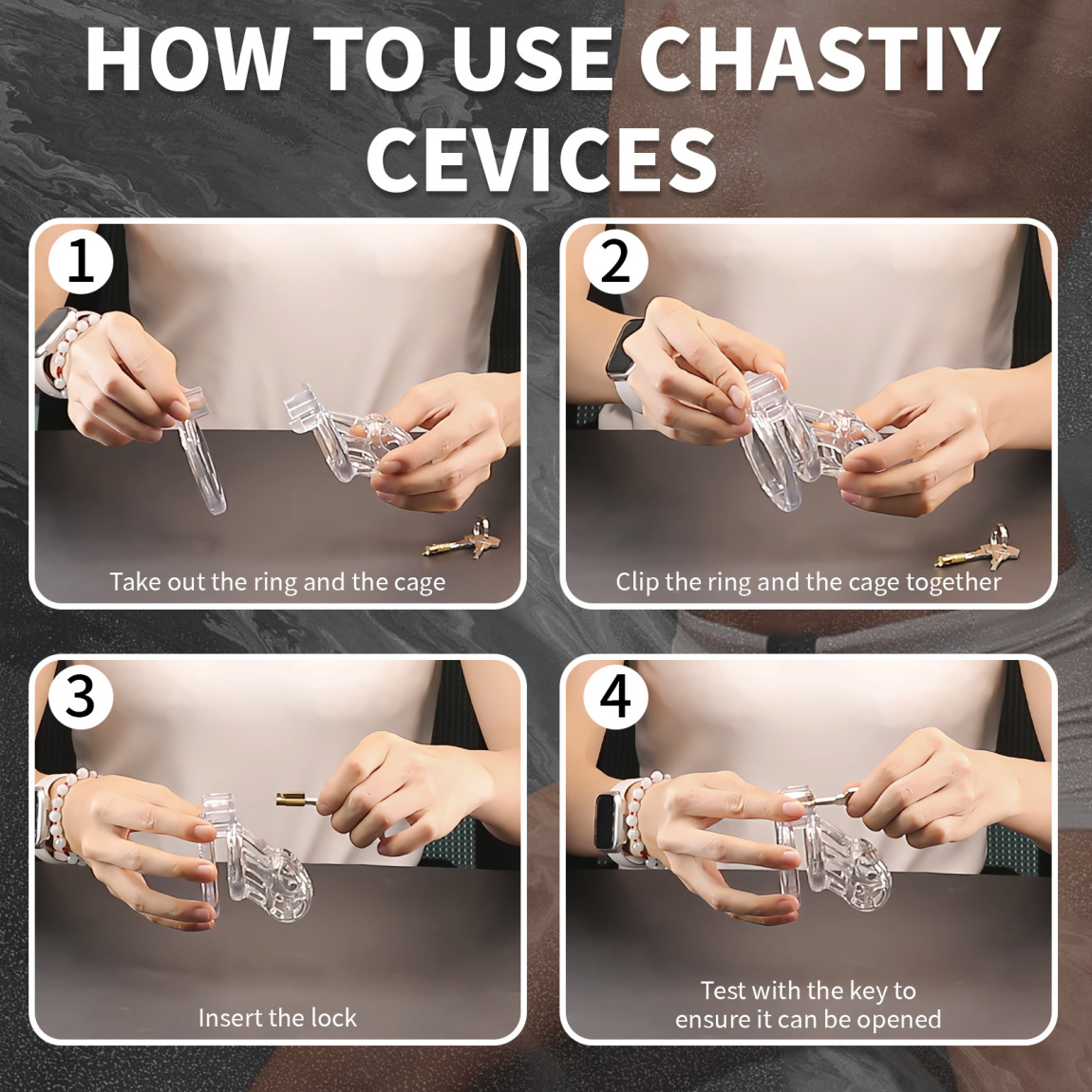Stop Chastity Chafing Fast with Fit & Airflow Tricks
2025-09-03
Staying locked for days or even weeks isn't just a mental challenge — it's a physical one too. Discomfort, soreness, and skin irritation often arise not because of mental fatigue but because of poor fit or bad airflow. If you're searching for how to prevent chastity chafing, understanding the role of fit and ventilation is essential. This guide breaks it all down, in simple terms, so your long-term experience can be safer and more comfortable.
Rupipichastity believes everyone deserves comfort and confidence during their journey. Let's explore what matters and what can go wrong — and how to fix it.
Why Chafing Happens in Chastity Devices
Even the best-looking device can become a nightmare if it causes constant friction or traps heat. Chafing is the result of skin rubbing, sweating, and pressure — a mix of poor material, tight edges, or trapped moisture.
The Key Causes
-
Improper sizing (too tight or too loose)
-
No air circulation
-
Low-quality materials or rough finishes
-
Lack of cleaning due to poor access
Common Areas Affected
-
Base ring contact zones
-
Under-shaft and scrotum skin folds
-
Vent holes and edges, if not properly polished
If you've felt sore, raw, or irritated after wearing a device for hours, these are likely the reasons. And yes, chastity cage chafing is a real issue for many wearers.
Perfect Fit: The Foundation of Comfort
One of the biggest steps in how to prevent chastity chafing is getting the fit right. A poor fit causes shifting, pinching, and ongoing friction — the perfect storm for irritated skin.
What Makes a Good Fit?
-
Snug, not tight: The base ring should hold firmly without digging in.
-
Smooth edges: Check that all contact areas are rounded and polished.
-
Right length: The shaft tube shouldn't crush or pull.
-
Room for movement: Skin expands and contracts. Your device should allow for slight shifts without pressure points.

How to Measure
-
Use soft measuring tape when flaccid
-
Measure base ring diameter and shaft length accurately
-
Factor in room for skin breathing and cleaning
Rupipichastity provides fitting guides and multiple sizes to help with this process.
Why Ventilation Is a Game-Changer
Ventilation is about more than just staying cool. Without airflow, your skin stays wet with sweat or trapped moisture — which breaks down skin faster than friction alone.
Benefits of Proper Ventilation
-
Keeps the skin dry and breathable
-
Reduces odor and bacteria buildup
-
Helps maintain a safe temperature during extended wear
Ideal Vent Designs
-
Multiple air holes along the shaft
-
Open tip to prevent trapped moisture
-
Gap under the ring to allow sweat to evaporate
If your device lacks ventilation, it becomes a sealed chamber — not a good long-term situation.
Material Matters: Choose Skin-Friendly Options
The material your device is made from plays a major role in how to prevent chastity chafing. Some materials are more prone to heating, sticking, or absorbing sweat.
Best Material Choices
-
TPE-coated plastic: Flexible, hypoallergenic, easy to clean
-
Medical-grade silicone: Soft and skin-safe, though sometimes too flexible
-
Polished stainless steel: Durable, less odor-retentive, but heavier
Avoid rough plastics or unknown materials. Products from Rupipichastity are crafted using premium TPE for comfort, flexibility, and long-term wearability.
Hygiene: The Hidden Part of Chafing Prevention
Even with the perfect fit and airflow, dirty conditions can lead to rash, itch, and infection. Cleaning isn't just about the device — it's about skin health.
Daily Tips
-
Rinse and gently wipe under the device at least once a day
-
Use cotton swabs to clean air holes and tight spots
-
Dry thoroughly — moisture = irritation
Weekly Deep Clean (if device is removable)
-
Soak in warm water with antibacterial soap
-
Use a soft brush to clean all areas
Bonus Tips to Prevent Chafing
Even small tweaks make a big difference in daily comfort.
-
Use a water-based lubricant around the base ring
-
Trim pubic hair to reduce tugging
-
Apply talcum powder to dry friction zones
-
Start with shorter wear times and gradually increase
When to Take a Break
If you see redness that doesn't go away, pain that worsens, or broken skin, stop immediately. Your body needs recovery time.
Extended wear is possible only when the device is not hurting you. Discomfort is not a sign of strength — it's a sign of something going wrong.
Conclusion: Comfort Is Not Optional
Living locked doesn't mean living in pain. A well-fitted, breathable, and clean device is the best way to stay comfortable and safe. If you're learning how to prevent chastity chafing, start with fit, fix ventilation, and stay hygienic. The team at Rupipichastity designs each product with these principles in mind. Explore their selection of comfortable, skin-safe options — because long-term chastity should be about discipline, not discomfort.
FAQs About Preventing Chafing
1. How can I know if my device fits properly?
It should feel snug but not tight, with no pinching or numbness. A good fit stays in place, doesn't require frequent adjustment, and causes no pain during wear.
2. What if I still feel rubbing or irritation after adjusting the size?
Try trimming body hair, using powder or lubricant, and checking for rough edges. Switching to softer materials like TPE can also help reduce friction.
3. Do all chastity devices have proper ventilation built in?
No. Some cheaper models lack airflow. Always choose designs with air holes or open tips to prevent sweat buildup and reduce skin problems.
4. Can I wear a device while sleeping?
Beginners should only avoid wearing overnight clothing until fully adjusted if it fits well and causes no pain, as nighttime pressure can cause serious discomfort.
5. What's the best product to stop chafing?
Water-based lubricant, body powder, or aloe gel can help. Test on clean skin and reapply as needed, especially around the base ring area.










